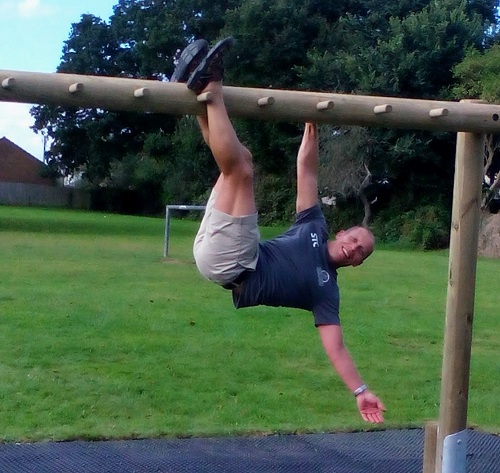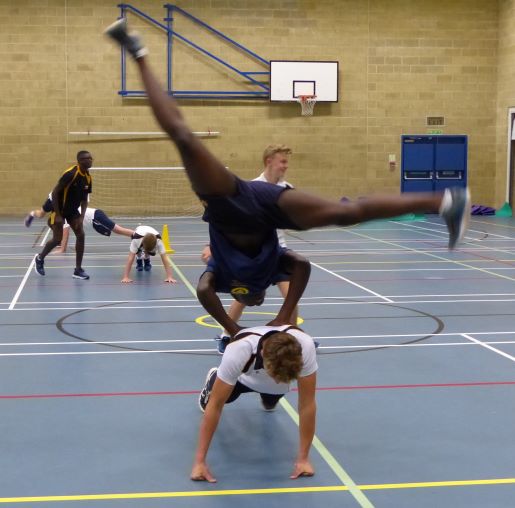Posts Tagged ‘movement’
A Movement Manifesto
A personal movement manifesto for all Humans have evolved through adaptation to moving in their environments. I aim to help people learn to enjoy movement and make it part of their physical and mental selves. Physical activity is often reduced to a number: “10,000 steps”, “walk a mile a day,” or ’100 reps’. By focussing…
Read MoreNew Course for sports coaches
Gymnastics for sport Over the past 5 or so years, I have been running Movement workshops for sports coaches and p.e. teachers. The participants have enjoyed learning how to teach movement and basic gymnastics that they can then share with their players and pupils. Players who are stronger, more agile and more adaptable can pick…
Read More

